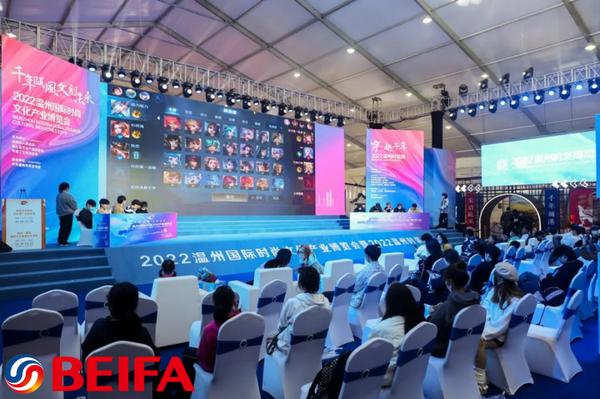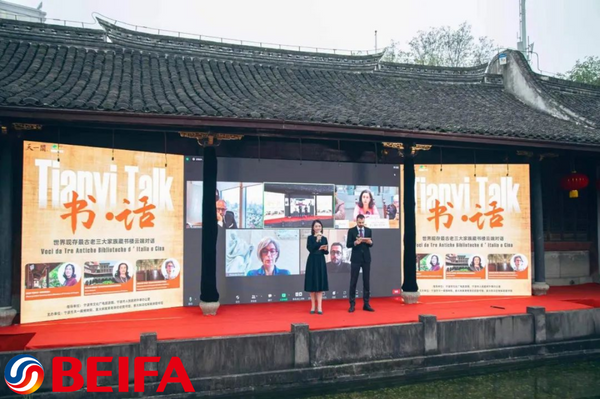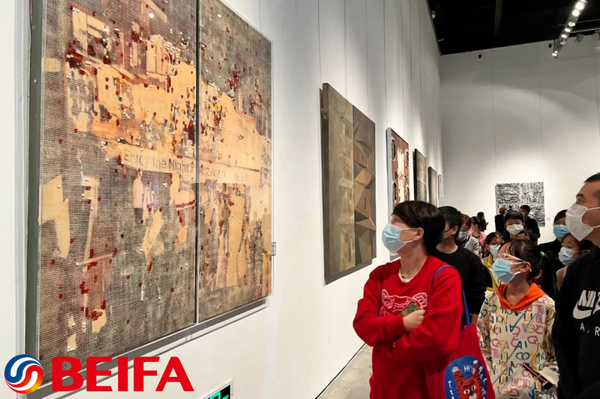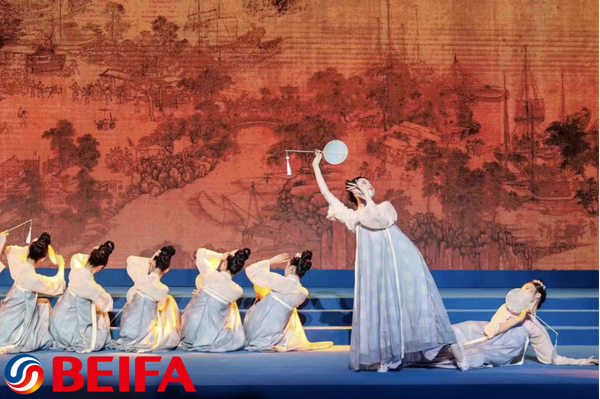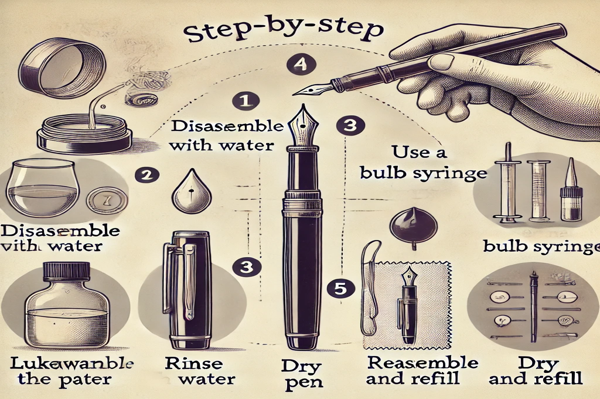+86 13586865656
The lasting tension of the “Cultural Fair”
The lasting tension of the “Cultural Fair”
Over the past two days, the 2022 Silk Road Culture and Tourism Expo and the 2022 Wenzhou International Fashion and Cultural Industry Expo have opened. Although they have come late, their popularity has not decreased.
The data can be verified: Up to now, the live broadcast activities of the Expo have attracted 1.445 million person-times, and the cloud exhibition hall has attracted 115,000 person-times. The 1 million yuan tourist voucher has been empty within 1 minute. On the first day of the opening ceremony, 170,000 people attended the main venue of the Wenzhou Cultural Expo. According to preliminary statistics, up to now, the total turnover of the activity has exceeded 40 million yuan.
Behind the data, the vigorous vitality of the fair is highlighted. It is worth thinking about why the Expo is still held despite the epidemic. What do we expect from the fair?
As we all know, the fair is also an important link between cultural production and consumption. In the past 6 years, Ningbo Cultural Expo has achieved fruitful results, attracting more than 5000 enterprises to participate in the exhibition, and reaching a major project investment of more than 60 billion yuan. Over the past 9 years, more than 4,600 enterprises have participated in the Expo, and more than 2 million visitors have visited the fair.
This time, the two places held the fair, which not only affected the majority of cultural enterprises’ “nerve”, but also witnessed the cultural industry projects from paper agreement into a wonderful reality. They will vigorously promote the exchange and development of the cultural industry and foster new drivers and new forms of business for the development of the cultural industry.
Some people may ask: Is it still necessary to hold the fair under the epidemic? Admittedly, due to the epidemic, many exhibitions have been canceled this year. If the fair is canceled or postponed, practitioners and audiences will probably understand. After all, the development of the cultural industry and cultural exchanges and cooperation may slow down or weaken due to the absence of the Fair, but it will not stop.
But at the end of the year, in the early winter, the “late arrival” of these two cultural fairs not only makes us feel a kind of persistence but also can see a kind of attitude and confidence.
Professor Zheng Yongnian once said, “Do brand must have the determination to persevere.” After years of cultivation, these two fairs have become the key brands of the Zhejiang cultural exhibition. Ningbo Cultural Expo has been successfully held 6 times, gradually growing into a comprehensive cultural and tourism industry expo, this year for the first time gets the “Sea Silk Road” piece of “business license”. Since 2014, Wenzhou Cultural Fair has been successfully held nine consecutive times, and its brand effect and humanistic characteristics continue to highlight.
In the face of many challenges, the two cities did not stop the fair, which reflects the organizers and cultural industry practitioners cherish and care for the fair brand.
Just a month ago, the famous Frankfurt Book Fair opened. One commentator said that the booth was “a testament to optimism” that was “built with great enthusiasm”. In fact, when a city insists on holding the fair, when the exhibitors come to the site from thousands of miles away, it is not only a two-way trip but also a declaration of confidence.
In this sense, the fair itself sets an “example”. In the face of difficulties and challenges, its tenacity and optimism fully demonstrate the power of “culture”. The purpose of developing the cultural industry is to make culture better support a better life, and the fair itself will become a shining cultural symbol in its persistence.
Behind the cultural exhibition is the support of culture and industry.
Facing the sea, Ningbo has a 2,500-year history of port development. At the same time, it has a strong manufacturing foundation. The total number of national individual championships ranks first in China. For example, Dafeng Industry, “the first cultural equipment company”, lit the cauldron of the Beijing Winter Olympics with green technology. Beifa, the largest exporter of pen products in China, joined hands with Guocao to launch special pens for national major exhibitions.
Wenzhou has a profound cultural context and rich regional cultural resources. Light industrial industries such as shoes and clothing, printing, gifts, pen making, and teaching toys are developed, providing a broad application scene for the fashion gathering of the Wenzhou cultural industry.
These two cities are also national historical and cultural cities. The continuous historical context and the rapid development of the industry are the base for these two cities to hold the Cultural Fair.
Although the names of the two fairs are different, both show an international element. For example, during the Silk Road Cultural and Tourism Expo, Ningbo took the initiative to “link” with other nodes of the Silk Road. Ningbo Tianyi Pavilion had cloud-based dialogue with the two oldest libraries of Maharashtra Tower and Medici Lorenzo in Italy. Five Ningbo chess players and five German chess players played cloud-based Chinese chess. The Wenzhou Cultural Expo has also broken through the “boundary” of local culture, inviting Italy, Thailand, Laos, Vietnam, and other countries to set up special pavilions to bring characteristic cultural and creative products.
The reason why the “sea Silk” and “international” brands can be built is that these two cities have the geographical advantage of connecting the river to the sea and the temperament of openness and inclusiveness since ancient times.
As we all know, Ningbo is the starting port of the Sea Silk Road and the mouth of the East Zhejiang Canal. Ningbo is even more famous in the world, and the “book collection of ancient and modern, Hong Kong through the world” is deeply popular. Wenzhou is the frontier of reform and opening up. At present, there are 2.7 million Wenzhou people doing business abroad, among which nearly 700,000 are developing in 131 countries and regions around the world, and 380,000 are active in 57 countries and regions along the “Belt and Road”. The discovery of the ruins of the Suomen Ancient Port in Wenzhou proves that Wenzhou ancient Wharf was the starting place of foreign trade on the Maritime Silk Road at that time. The sea breeze blowing thousands of years, Wenzhou people all over the world.
It can be said that openness and cooperation are the genes embedded in the bodies of the Ningbo and Wenzhou people, as well as the distinctive features of the two fairs.
Two days ago, I visited the Wenzhou Cultural Fair. Although the number of participants was limited, the standards of the fair did not decrease.
With 28 sub-venues and a total exhibition area of nearly 30,000 square meters, representatives from 18 overseas countries in China and more than 500 domestic companies from more than 30 cities will participate in the exhibition. It can be said that the “lineup is very complete”. Through the eyes of the fair, we can see the vigorous development of the cultural industries in the two places. The diversified content of “culture + technology”, “culture + tourism”, “culture + creativity”, “culture + agriculture” and “culture + manufacturing” has opened people’s imagination of the cultural industry.
Although this year’s Silk Road Cultural and Tourism Expo is mainly held online, and the Wenzhou Cultural and Tourism Expo has also been reduced in scale, it is still sincere and selects more high-quality products for the audience, which can be said to be more “fragrant”. For example, in the Joint Exhibition of the Works of China’s 100 Masters of Arts and Crafts, more than 100 outstanding works of industrial beauty, such as boxwood carvings, ou kilns, stone carvings, and porcelain, jointly exported the charm of intangible cultural heritage. The first French Centennial Workshop Exhibition held in Ningbo exhibited more than 40 top-notch French handicrafts.
As the “standard” of the fair, the forum to discuss the development trend of the cultural industry and the “strongest brains” of domestic and foreign industry, universities and research institutes are always looking forward. The theme forum of “Making Cultural Relics Alive: Cultural Heritage and Contemporary Intelligent Making” discussed how to give play to Ningbo’s manufacturing advantages and promote the creative transformation and innovative development of culture. Initiated by the China Arts and Crafts Society, the handicraft 50 people forum centered on the theme of “art should follow The Times and craft should lead the fashion”, jointly exploring the new path of traditional handicraft fashion… These are forward-looking issues for the industry.
Of course, the fair is limited in both time and space. How do make people have more sense of cultural gain and happiness? “Kung fu is beyond poetry”, everything is medium. Beyond the fair, we should see a “bigger world” and expand the cultural space to a greater extent. What should we do?
I think, we still need to create more cultural IPs. Embrace big data, the Internet of Things, artificial intelligence, and other new technologies, use the integration of “culture +” to create a spreading and influential cultural and creative IP, make the profound history and culture and contemporary fashion “fit”, through literature, animation, film, games and other “new cultural and creative” to tell the story of Zhejiang, this is the direction of continuous efforts.
We also need more cultural space. Cultural space does not need to be magnificent. Starting with old factories, industrial sites, and commercial complexes around, and implanting cultural elements, one physical space can also be transformed into a cultural space and spiritual home, so that wherever people step, they can feel the continuous rhyme of culture and the beauty of culture.


